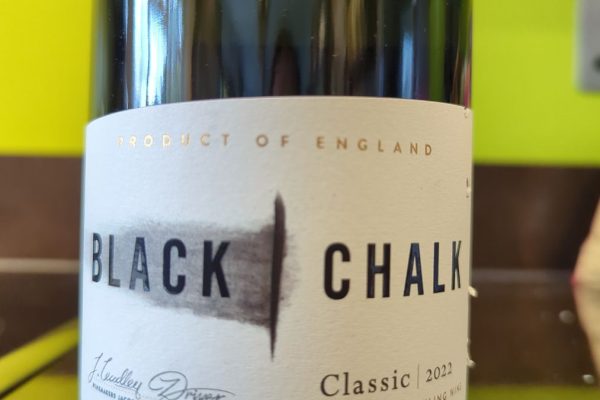
I decided to try Hancock & Hancock’s 2021 Tempranillo because Tempranillo is more commonly associated with Spain’s Rioja region, not Australia in this case. However, the grape is increasingly thriving in Australia’s warm climates, including McLaren Vale.
The Hancock brothers, Chris and John, established this label in 2015, with Chris bringing decades of experience from his work at Rosemount Estate and Robert Oatley who distribute this wine into the UK.
The wine is made up of 85.3% Tempranillo, with the remaining 14.7% comprised of other varietals. After fermentation, it was aged for 12 months in old oak barrels
The wine has aromas of dark cherry and raspberry, reminiscent of a very light Rioja but with a distinct Australian twist. The wine is medium-bodied with a fruit-forward profile. As the back label, for once, accurately describes, there’s savoury tobacco leaves and red pepper on the palate, rounded out by fine tannins. With a low acidity, the wine is soft and smooth, making it approachable. The oak influence adds a subtle complexity and definitely doesn’t overpower the fruit. Experienced on its own, this is one of those wines that rewards a little patience, improving more and more as you taste it, while you explore the corners of its complexity. Moreover, I found its nuanced, savoury character and 14% ABV particularly suitable as a companion to food.
At a recommended retail price of £16.80, available from Amps Wine Merchants, Latitude Wine, Sarah’s Cellar, Wine Direct Sussex, this Tempranillo offers something different for those looking to explore Australia’s evolving wine landscape.













